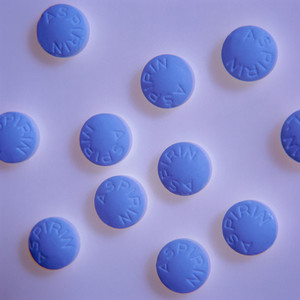Although generics may differ from their reference product in terms of inactive ingredients, which includes impurities, such compounds in generics, especially genotoxic impurities, are an area of increasing concern for the pharmaceutical and regulatory world. Authors from the Office of Generic Drugs at the US Food and Drug Administration (FDA) highlight general toxicology concerns caused by such formulation differences between generic and originator drugs [1].
FDA evaluation of impurities in generics
Generics/Research
|
Posted 30/10/2015
 0
Post your comment
0
Post your comment

Impurities are defined as substances inside a confined amount of liquid, gas or solid, which differ from the chemical composition of the material or compound. Impurities may be either naturally occurring or added during synthesis of a chemical or commercial product.
Guidelines issued by ICH recommend thresholds for identifying and toxicologically qualifying impurities in drug substances and products, e.g. ICHQ3A [R2], and Q3B [R2] guidelines.
As far as FDA is concerned if an impurity is present at lower levels than the ICH qualification threshold then the impurity is generally considered acceptable from a pharmacology/toxicology perspective. However, if an impurity exceeds the qualification threshold, or if impurities present in the generic drug product have structural alerts and are potentially genotoxic then a risk assessment will be conducted by evaluating relevant non-clinical studies. FDA has issued specific guidance for industry to control the levels of impurities in generics:
ANDAs: Impurities in Drug Products
http://www.fda.gov/downloads/drugs/guidancecomplianceregulatoryinformation/guidances/ucm072861.pdf
In addition to individual impurity levels, considering the total number of impurities present in a generic product compared to the reference drug is critical. This is especially important when the impurities are mutagenic, due to the cumulative cancer risk. The safety evaluation therefore considers not only the intake of total impurities per day, but also the anticipated lifetime exposure of a human subject to the impurities in question.
Conflict of interest
The authors of the research paper [1] did not provide any conflict of interest statement.
Disclaimer: The ideas and views provided in the research paper[1] are the opinions of the authors and do not reflect any official policy of the FDA.
Related articles
FDA evaluation of residual solvents in generics
FDA evaluation of excipients in generics
Formulation differences between generics and reference products
Reference
1. Rayavarapu S, et al. Comparative risk assessment of formulation changes in generic drug products: a pharmacology/toxicology perspective. Toxicol Sci. 2015;146(1):2-10.
Permission granted to reproduce for personal and non-commercial use only. All other reproduction, copy or reprinting of all or part of any ‘Content’ found on this website is strictly prohibited without the prior consent of the publisher. Contact the publisher to obtain permission before redistributing.
Copyright – Unless otherwise stated all contents of this website are © 2015 Pro Pharma Communications International. All Rights Reserved.
Most viewed articles
The best selling biotechnology drugs of 2008: the next biosimilars targets
Global biosimilars guideline development – EGA’s perspective
Related content
Japan’s drug shortage crisis: challenges and policy solutions
Saudi FDA drug approvals and GMP inspections: trend analysis
Generic medications in the Lebanese community: understanding and public perception
Community pharmacists’ understanding of generic and biosimilar drugs: Lebanon case study
Generic medications in the Lebanese community: understanding and public perception

Generics/Research Posted 23/01/2024
Community pharmacists’ understanding of generic and biosimilar drugs: Lebanon case study

Generics/Research Posted 08/09/2023
The best selling biotechnology drugs of 2008: the next biosimilars targets








Post your comment